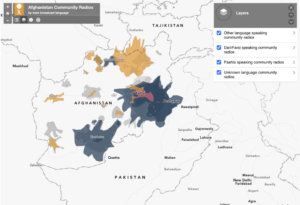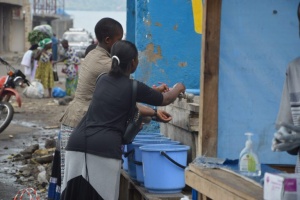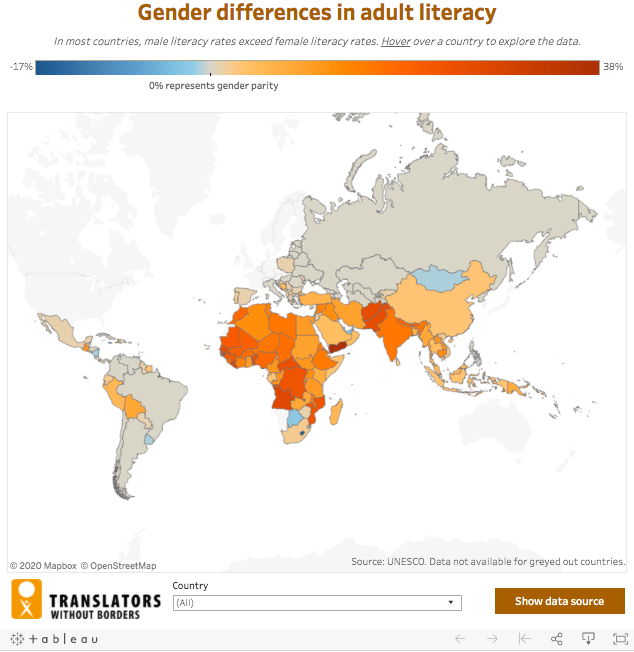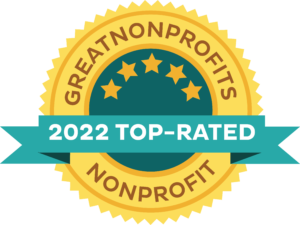People have a right to access the information they need during the COVID-19 pandemic. Yet often that information is not available in languages and formats they understand.
COVID-19 is rapidly expanding in linguistically diverse countries. Organizations supporting the response need to develop communication strategies that cater to the needs of marginalized language speakers in these locations. The data shown here can help organizations prioritize their use of limited resources and better prepare for multilingual communication.
*We use the CARTO mapping platform, which marks country boundaries automatically. The COVID-19 data shared by Johns Hopkins includes specific data for islands and territories which are not officially recognized by the UN as independent states. Where the naming of countries and territories in the Johns Hopkins data is inconsistent, we have used the standard UN designation. We are sharing all data for information purposes only. Boundaries and country names do not indicate official endorsement by Translators without Borders.
The map above and the table below show how many languages people in each country speak, and where cases are rising fastest. These growth rates are a calculation of current cumulative cases relative to cases in that country five days ago. The growth rate calculations don’t include countries with under one hundred cumulative cases. COVID-19 data is consolidated by Johns Hopkins CSSE and updates every hour.
To get involved with our COVID-19 work or to request specific language data support, please email Manmeet Kaur, TWB’s COVID-19 Response Lead, at corona@translatorswithoutborders.org.
This project was funded by the H2H Fund, a funding mechanism for H2H Network members, which is supported by UK aid from the UK government.

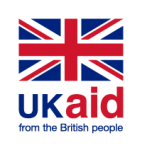
Maps and resources:
Language Data for Afghanistan
There are between 40 and 59 languages spoken in Afghanistan. Dari and Pashto are the official and most widely spoken languages, by 77% and 48% of the population respectively. View language data, maps, and resources.
